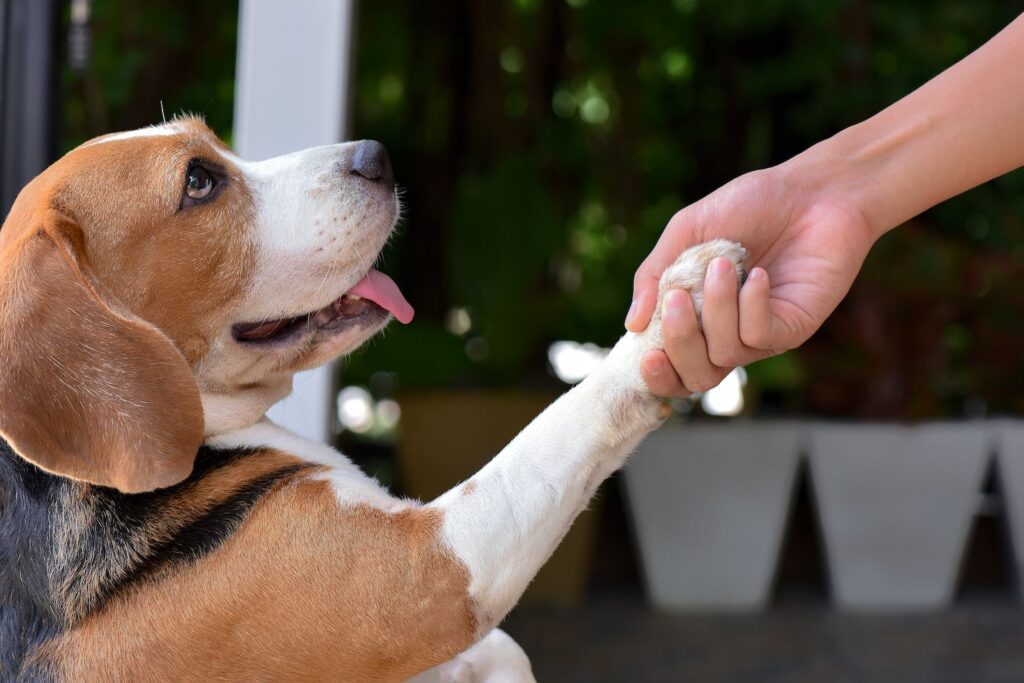
Dog training is a rewarding journey that fosters a strong bond between you and your furry companion. While there are various training methods, positive reinforcement stands out as an effective and humane approach to teach your dog new behaviors and commands. This strategy involves rewarding your dog for exhibiting desired behaviors, encouraging them to repeat those actions. Implementing positive reinforcement strategies is crucial for successful dog training. Utilizing rewards and encouragement, such as treats and praise, helps reinforce desired behaviors in your canine companion. For comprehensive tips on effective dog training, visit https://mentalitch.com/essential-tips-for-effective-dog-training/. In this article, we will explore the key principles of positive reinforcement and highlight some successful strategies for implementing it in your dog training routine.
Understanding Positive Reinforcement
Positive reinforcement relies on the principle of associating rewards with desired behaviors. Instead of focusing on punishing unwanted behaviors, this approach emphasizes reinforcing the positive actions your dog displays. Rewards can range from treats and praise to toys and affection, providing motivation for your dog to behave in a certain way.
Key Principles of Positive Reinforcement
Timing is Crucial
The timing of the reward is critical in positive reinforcement. Dogs have a short attention span, so it’s essential to deliver the reward immediately after the desired behavior occurs. This helps your dog make a clear connection between the action and the reward, strengthening the learning process.
Consistency is Key
Consistency is vital in any dog training regimen, and positive reinforcement is no exception. Be consistent in the rewards you offer and the timing of their delivery. This helps your dog understand what behavior is being reinforced, making it more likely for them to repeat it.
Use High-Value Rewards
Different dogs are motivated by different rewards. Experiment with various treats, toys, and praise to discover what your dog finds most appealing. High-value rewards make the positive reinforcement more effective and increase your dog’s enthusiasm for training.
Positive Reinforcement Strategies
Clicker Training
Clicker training is a popular positive reinforcement method that uses a small handheld device that makes a distinct clicking sound. The click is paired with a reward, signaling to the dog that they’ve done something right. Over time, the click alone becomes a powerful reinforcer.
Treat-Based Training
Treats are one of the most common positive reinforcement tools. Choose small, easily consumable treats that your dog loves. Use treats to reward your dog for obeying commands, performing tricks, or displaying good behavior. Gradually reduce treat frequency as your dog becomes more proficient in the desired behavior.
Verbal Praise and Affection
Dogs thrive on positive attention. Verbal praise, coupled with affectionate gestures like petting or a belly rub, reinforces good behavior. Use a cheerful and encouraging tone when praising your dog to convey your satisfaction.
Toy Rewards
For some dogs, playtime is a powerful motivator. Use your dog’s favorite toy as a reward for following commands or exhibiting desired behaviors. Engaging in interactive play reinforces the positive connection between obedience and enjoyable activities.
Shaping Behavior
Shaping involves reinforcing small steps toward the desired behavior. Instead of waiting for the perfect execution of a command, reward incremental progress. This gradual approach helps build a strong foundation for more complex behaviors.
Conclusion
Positive reinforcement is a humane and effective approach to dog training that fosters a positive relationship between you and your canine companion. By understanding the principles and implementing these strategies consistently, you can create a learning environment that encourages your dog to thrive. Whether using treats, toys, or verbal praise, positive reinforcement creates a rewarding experience for both you and your furry friend, making the training process enjoyable and successful.
